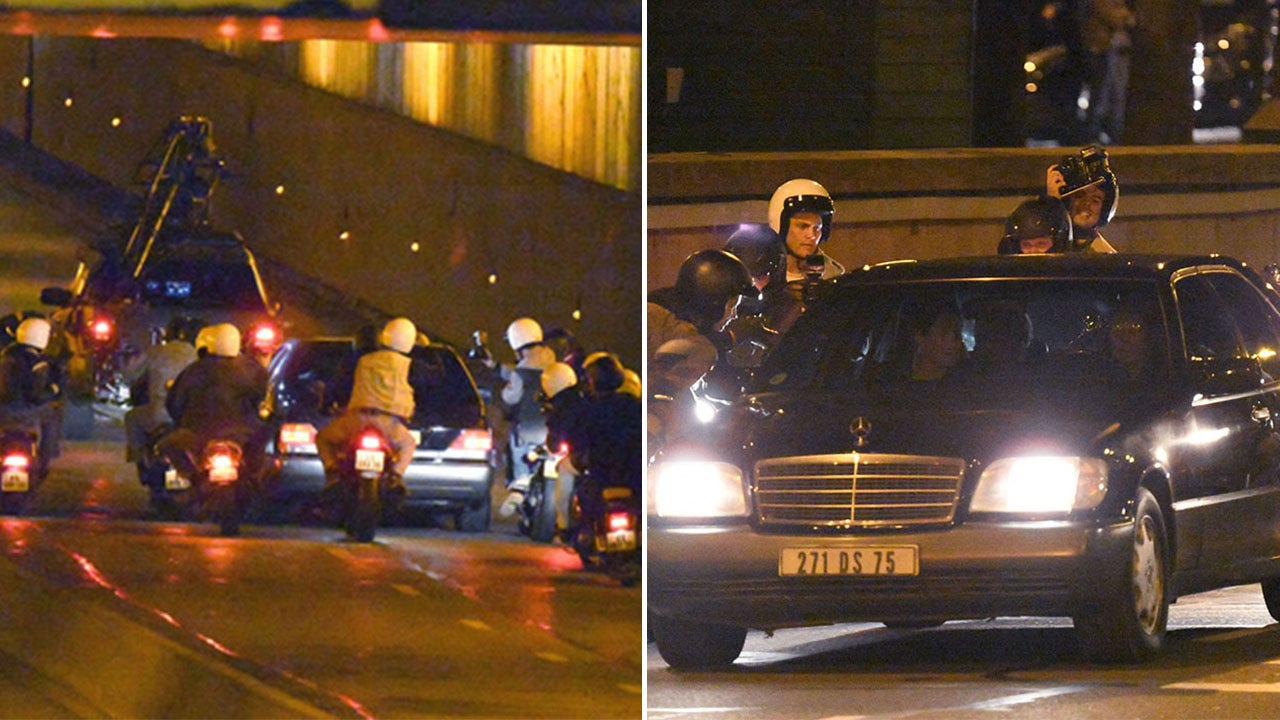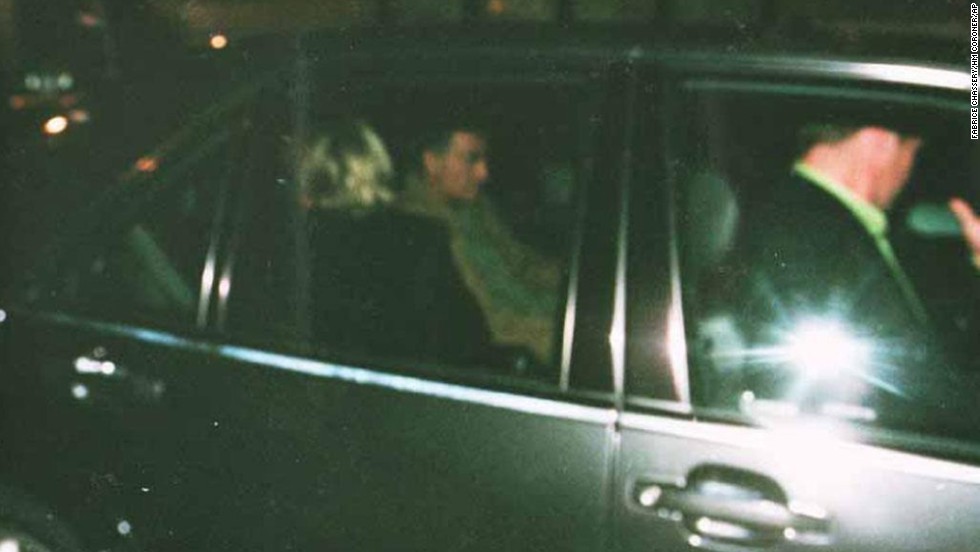Princess Diana Car Crash Photographs: A Deep Dive Into The Tragic Event And Its Aftermath
Princess Diana car crash photographs have become a significant part of history, capturing the final moments of one of the most beloved figures in the world. The tragedy that unfolded on August 31, 1997, left an indelible mark on global consciousness and sparked widespread discussions about the ethics of paparazzi and media intrusion. In this article, we will explore the events leading up to the crash, the role of photography in the tragedy, and its lasting impact on public perception.
Princess Diana's life was a blend of elegance, humanitarian efforts, and media scrutiny. Her sudden and untimely death sent shockwaves across the globe, raising questions about the role of the media in her final moments. The photographs taken during and after the accident have been a focal point of controversy and debate.
As we delve deeper into this tragic event, it is essential to understand the context and the circumstances surrounding Princess Diana's car crash. This article aims to provide a comprehensive analysis of the events, the significance of the photographs, and their implications on society.
Read also:Amelia Dimoldenbergs Ex An Indepth Look At Her Past Relationships
Table of Contents
- Princess Diana's Biography
- Overview of the Car Crash
- The Role of Photography in the Crash
- Ethical Debate Surrounding the Photographs
- Impact on Media and Public Perception
- Legal Actions Taken
- The Paparazzi Industry Post-Crash
- Psychological Effects on the Public
- Memorialization of Princess Diana
- Conclusion
Princess Diana's Biography
Data and Personal Information
Before diving into the tragic events, let us first explore the life of Princess Diana, the People's Princess. Born on July 1, 1961, Diana Frances Spencer grew up in Norfolk, England. She became the Princess of Wales when she married Prince Charles on July 29, 1981.
| Full Name | Diana Frances Spencer |
|---|---|
| Birth Date | July 1, 1961 |
| Marriage Date | July 29, 1981 |
| Children | Prince William and Prince Harry |
| Date of Death | August 31, 1997 |
Overview of the Car Crash
Princess Diana car crash photographs were taken in the immediate aftermath of a fatal accident that occurred in the Alma Tunnel in Paris. Diana, along with her partner Dodi Fayed and driver Henri Paul, were traveling at high speed when their Mercedes-Benz collided with a pillar in the tunnel.
The crash claimed the lives of all three passengers, except bodyguard Trevor Rees-Jones. The circumstances surrounding the accident have been the subject of numerous investigations, with the relentless pursuit by paparazzi being a significant factor.
The Role of Photography in the Crash
Photographers at the Scene
Photographers were present at the scene shortly after the accident, capturing images that would later become infamous. These Princess Diana car crash photographs have been scrutinized for their ethical implications and the role they played in perpetuating media sensationalism.
- Photographers allegedly ignored the victims' need for medical attention.
- Some images were sold to tabloids, further fueling the fire of media obsession.
- These actions raised serious questions about the ethical boundaries of journalism.
Ethical Debate Surrounding the Photographs
The publication of Princess Diana car crash photographs ignited a global conversation about the ethics of photojournalism. Critics argued that the photographers' actions were disrespectful and exploitative, while others defended the right to document newsworthy events.
Data from surveys conducted by media ethics organizations revealed that the majority of the public believed the photographers overstepped ethical boundaries. This sentiment contributed to increased scrutiny of the media industry.
Read also:Margaret Qualley Nude Scenes A Comprehensive Analysis
Impact on Media and Public Perception
Changing Public Attitudes
The tragedy of Princess Diana's death and the subsequent release of the photographs had a profound impact on public perception of the media. Many people began to question the role of the press in celebrity culture and the extent to which privacy should be respected.
According to a report by the Reuters Institute for the Study of Journalism, the incident led to a decline in public trust in media organizations. This shift prompted many outlets to reassess their practices and adopt more ethical guidelines.
Legal Actions Taken
In the wake of the crash, several legal actions were taken against the photographers and media outlets involved. Lawsuits were filed by the royal family and other stakeholders, seeking accountability for the events leading up to the tragedy.
One of the most notable legal developments was the introduction of stricter privacy laws in the UK, aimed at protecting individuals from invasive media practices. These laws have since become a benchmark for media regulation worldwide.
The Paparazzi Industry Post-Crash
Reforms and Changes
The Princess Diana car crash photographs served as a wake-up call for the paparazzi industry. In response to public outrage, many agencies implemented stricter guidelines to prevent similar incidents in the future.
While some progress has been made, the industry continues to face challenges in balancing the demand for sensational content with ethical considerations. The legacy of Princess Diana's tragedy serves as a reminder of the potential consequences of unchecked media behavior.
Psychological Effects on the Public
The widespread dissemination of Princess Diana car crash photographs had a profound psychological impact on the public. Many individuals reported feelings of grief, anger, and disillusionment with the media.
Studies conducted by mental health experts highlighted the potential long-term effects of exposure to such graphic images. These findings underscored the importance of responsible media practices and the need for greater sensitivity in reporting on traumatic events.
Memorialization of Princess Diana
Legacy and Remembrance
Princess Diana's legacy continues to be celebrated through various memorials and initiatives around the world. Her commitment to humanitarian causes, including AIDS awareness and landmine clearance, remains an inspiration to millions.
Photographs taken throughout her life, including those capturing her final moments, serve as a poignant reminder of her enduring impact. The way she is remembered highlights the importance of preserving dignity and respect in media portrayals.
Conclusion
In conclusion, the tragedy of Princess Diana's car crash and the subsequent photographs have left an indelible mark on global consciousness. The events surrounding her death have sparked important discussions about media ethics, privacy rights, and the responsibilities of journalists.
We encourage readers to reflect on the lessons learned from this tragedy and to engage in constructive dialogue about the role of media in society. Share your thoughts in the comments below, and explore other articles on our site for further insights into this and related topics.
Sources:
- Reuters Institute for the Study of Journalism
- Official Inquest Report on the Death of Princess Diana
- Media Ethics Organizations


